عنا
مرحبا هل يمكنني مساعدتك؟
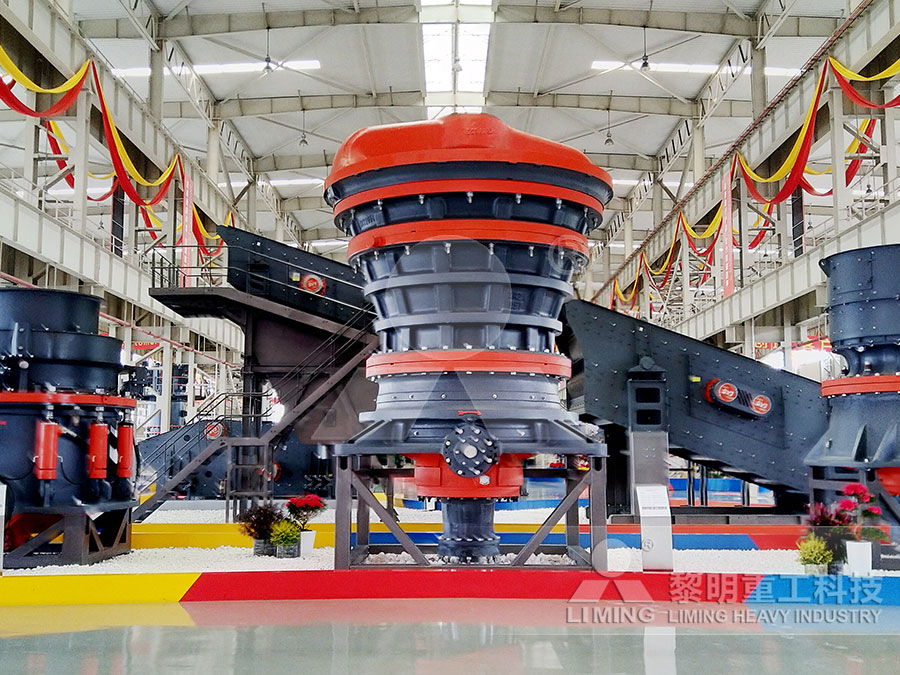
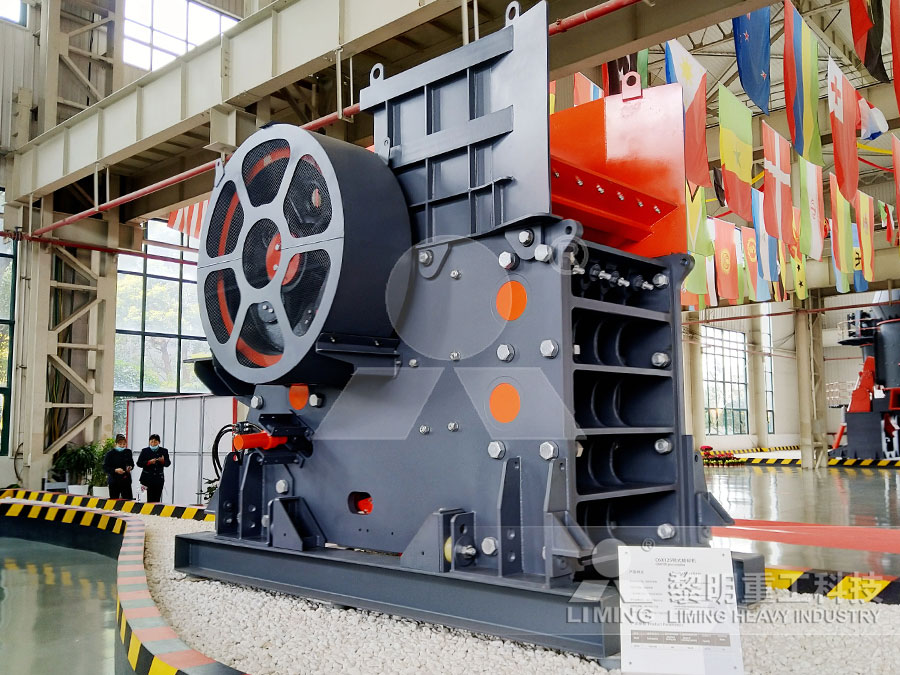
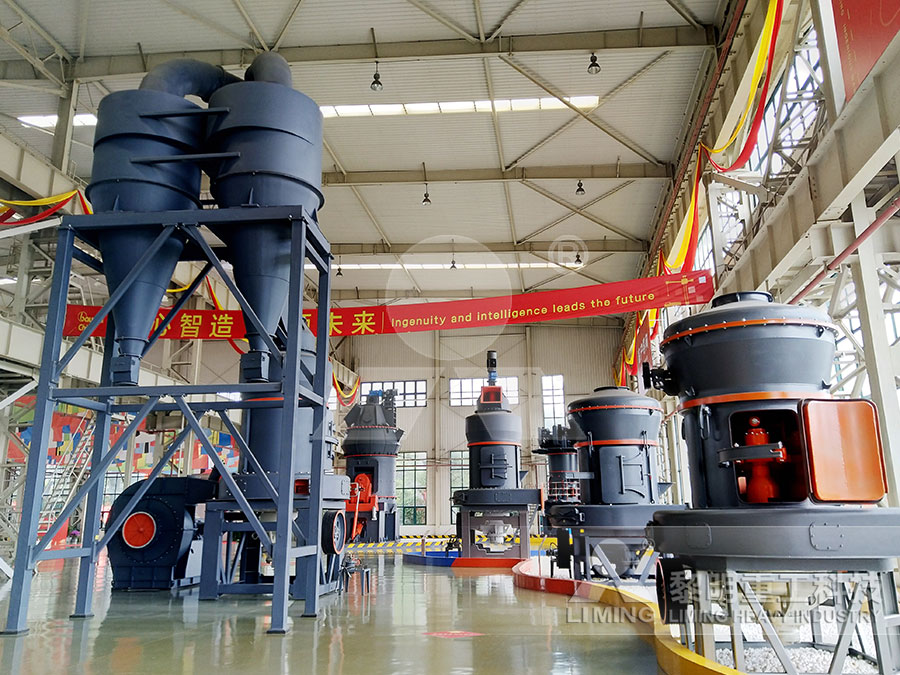
تأسست شركة Liming Heavy Industry في عام 1987 ، وتقع في منطقة Pudong الجديدة ، شنغهاي ، الصين ، وتغطي أكثر من 200000 متر مربع بما في ذلك العديد من الشركات التابعة. يتعلق العمل الرئيسي بالعديد من المجالات ، مثل تكسير المناجم ، وسحق المباني ، والطحن ، وصنع الرمل ، والتكسير المتنقل ، وما إلى ذلك. الكسارة ، الكسارة المخروطية الهيدروليكية عالية الكفاءة من سلسلة HPT ، المطحنة الأوروبية شبه المنحرفة MTW ، المطحنة العمودية LM ، المطحنة الأسطوانية العمودية فائقة الدقة من سلسلة LUM ، الكسارة الصدمية ذات المحور الرأسي VSI5X ، ومعدات نظام VU.
يجلب Liming عددًا كبيرًا من المواهب الذكية والإبداعية معًا الذين يقدمون منتجات مبتكرة باستمرار. أخذت الشركة زمام المبادرة في الحصول على شهادة نظام الجودة الدولية ISO9001: 200 ، وشهادة الاتحاد الأوروبي CE وشهادة GOST الروسية ، وقد حصلت على 106 براءة اختراع وطنية بما في ذلك 4 براءات اختراع ، و 12 براءة اختراع تصميم و 90 براءة اختراع لنماذج المنفعة حتى الآن. إلى جانب ذلك ، هناك العديد من الجوائز مثل جوائز العلوم والتكنولوجيا في صناعة الآلات الصينية ، وجوائز الإنجاز العلمي والتكنولوجي في المقاطعات ، والمنتجات الصناعية الموفرة للطاقة في قائمة شرف ليمينغ.
من أول جهاز خروج تم تركيبه وتصحيحه بنجاح في كازاخستان إلى أول خط ذكي لتصنيع الرمل يعمل بسلاسة في المملكة العربية السعودية ، قدمت Liming خدماتها لـ 140 دولة ومنطقة ، مثل روسيا وكازاخستان وأذربيجان وتركيا والكويت وجنوب إفريقيا ومصر ، لا يمكن تجاهل فيتنام وماليزيا والهند وأستراليا وكوريا وكندا والاتحاد الأوروبي ، وما إلى ذلك ، وقوة الشركة في آلات التعدين العالمية بعد الآن.
رسالة عبر الإنترنت
مرحبا هل يمكنني مساعدتك؟
revery of iron from steel furnace slag
2020-11-28T20:11:58+00:00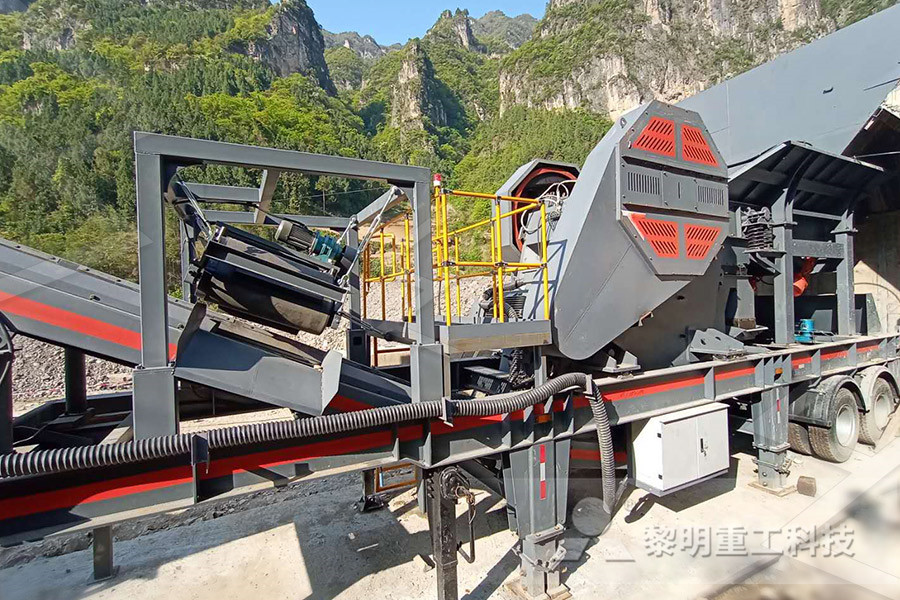
Metal Recovery from Steelmaking Slag
Table 210: Summery of pyrometallurgical methods investigated on metal recovery from slag 42 Table 211: A summary of leaching studies on slag for metal recovery 50 Table 31: Chemical compositions of steel slag sample (wt%) from XRF analysis provided byRecovery of Metal from Slag in the Ferroalloy Industry Effect of Slag Foaming and Lime Injection in Electric Arc Furnace on Steel Quality Eissa, M / Iron and Steel Society; Electric Furnace Division 1997 print version 129Recovery of Metal from Slag in the Ferroalloy Industry The method has the advantages that about 13 percent of scrap steel in the slag particles can be recovered, sensible heat of the hightemperature melting slag is recovered, steam is generated,CNA Recovery method of waste heat, scrap steel
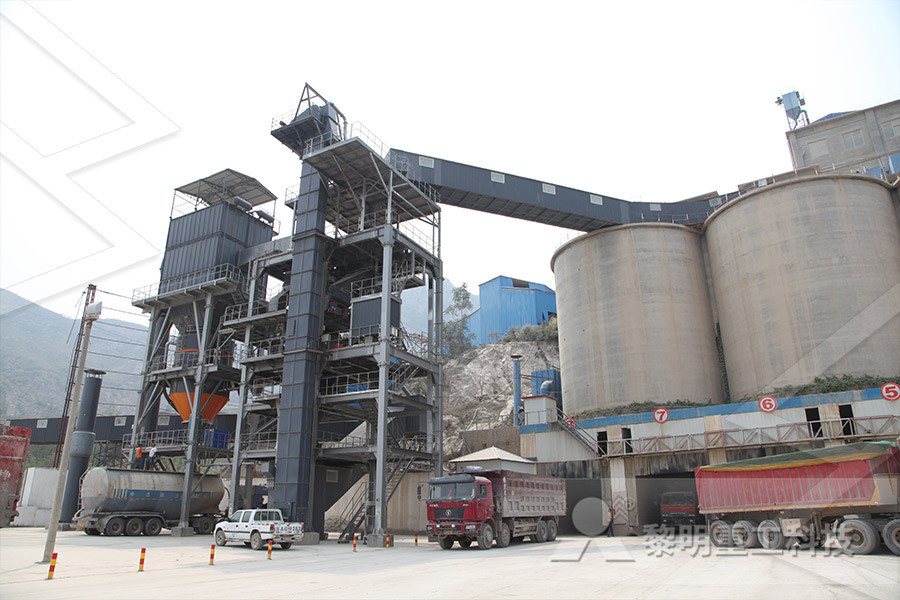
An overview of recovery of metals from slags ScienceDirect
Jan 01, 2003 The iron and steel industry has applied mineral processing technology to recover steel scrap (Fe: 90%) and iron oxide concentrate (Fe⩾55%) from steel slag and use them as feed materials for sintering, blast furnace and steel making (Huang and Wang, 2001)The terms blast furnace slag (BFS) and granulated blast furnace slag, as well as LD slag and electric furnace slag are used for finer distinctions With highquality iron ore grades with an iron content of 64 to 67 %, a blast furnace typically produces about 025 to 030 t of slag per t of pig ironSlag recycling recoveryArc Furnace (EAF) Because iron in the steel slags is normally encountered in the form of recovery from the electric furnace slag by magnetic separation To meet the target, theNICKEL RECOVERY FROM ELECTRIC ARC FURNACE SLAG BY
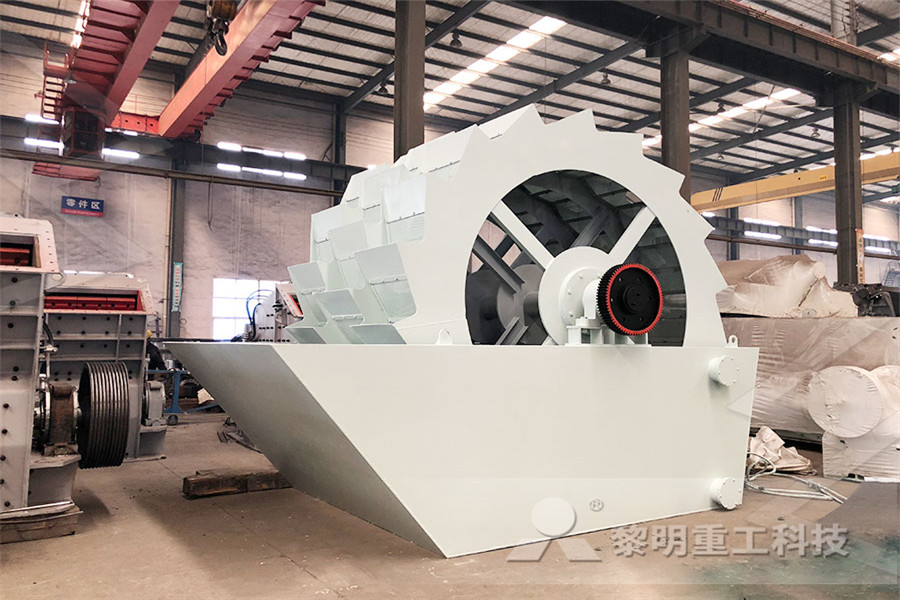
RECOVERY OF IRON FROM COPPER FLASH SMELTING SLAGS
However, the copper content in the final slag decreases to a minimum value of 006% and the iron decreases from 2853% to 711% with the increasing of coke addition suggesting that is possible recover most of the copper content in the slag in the metal phase Table 2: Chemical composition of metal and final slag phases as function of coke additionBlast furnace slag is recovered by melting separation from blast furnaces that produce molten pig iron It consists of nonferrous components contained in the iron ore together with limestone as an auxiliary materials and ash from coke Approximately 290 kg of slag is generated for each ton of pig ironTypes of iron and steel slag : NIPPON SLAG ASSOCIATIONWhen n C/n O=08, and reductionmelting time is 60 min at 1320°C, the recovery rate of iron is greater than 861%, and the mass fraction of iron in iron nugget is about 948% Read more Article(PDF) Recovery of iron from electric arc furnace slag
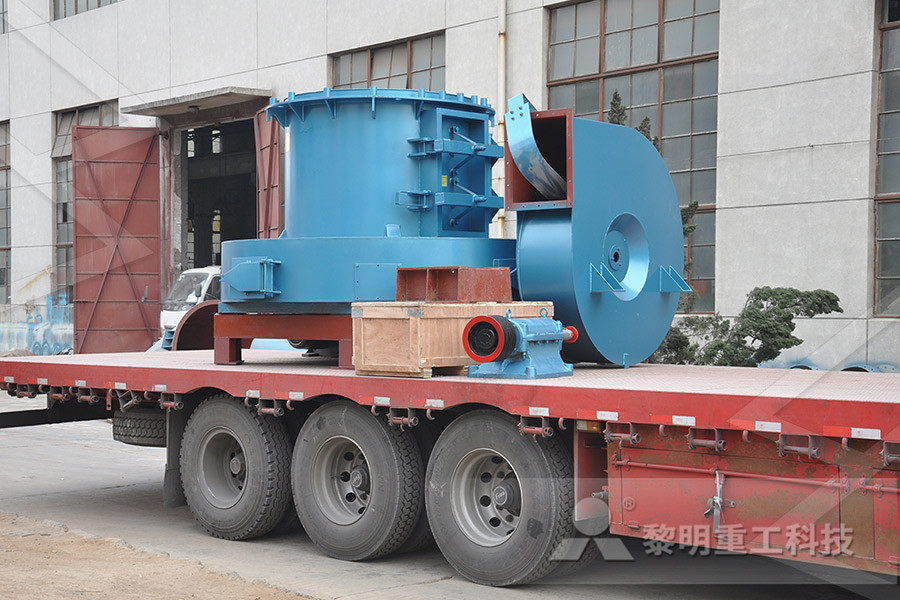
Metal recovery and conversion of steel slag into highly
Metal recovery and conversion of steel slag into highly reactive cement components One of these activities is to find a valorization for the iron and steelmaking slag in order to preserve natural resources However, contrary to this, the lesser reactive steel slags (LD and electric arc furnace slag) generated during the steelmaking Blast furnace slag was about 50% of the tonnage sold and accounted for 88% of the total value of slag, most of which was granulated Steel slag produced from basic oxygen and electric arc furnaces accounted for the remainder of sales Slag was processed by 28 companies servicing active iron and steel facilities or reprocessing old slag piles at 86 IRON AND STEEL SLAG USGSA method of operating a channel induction furnace so as to receive electric arc furnace (EAF) dust, basic oxygen furnace (BOF) sludge/dust and/or other iron and volatile metals containing materials as a feed stream on a batch, continuous or semicontinuous basis together with a ironcontaining material feed, and therefrom produce an ironcontaining hot metal or pig iron product while USA1 Operation of iron oxide recovery furnace
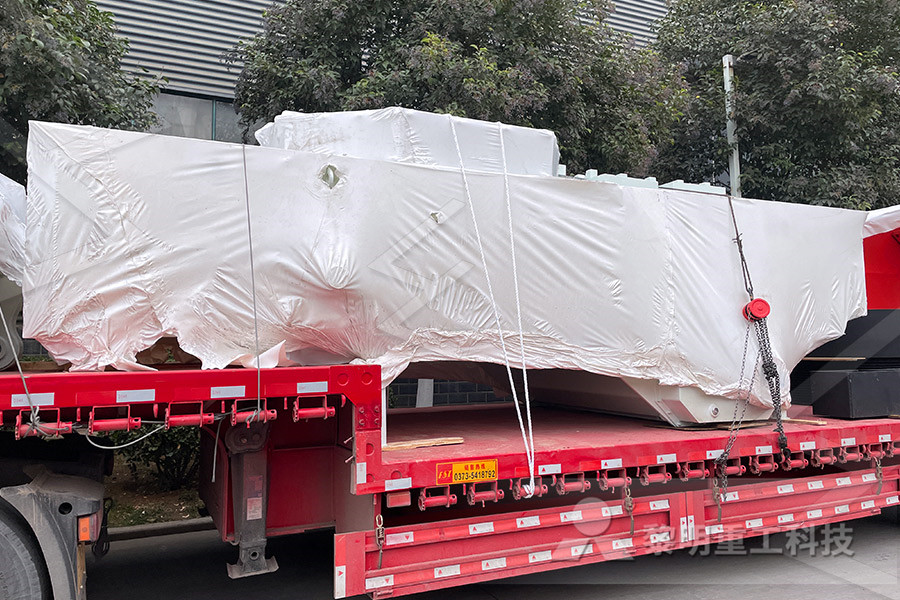
Optimization of magnetic separation process for iron
To improve the efficiency of iron recovery from steel slag and reduce the wearandtear on facilities, a new method was proposed by adding a secondary screen sizer to the magnetic separation process according to grain size distribution of magnetic iron (MFe) in the slag The final recycling efficiency was evaluated by calculating the percentage of recycled MFe to the maximum amount of MFe Dec 01, 2020 1 Introduction Iron and steel making slags are byproducts of the production of crude (pig) iron and steel In the region of 320 to 384 million tonnes (Mt) of blast furnace slags (associated with crude iron production) and between 190 and 280 Mt of steelmaking slags were produced globally in 2019 (USGS, 2020a)These slags have long been a valuable commodity for construction industries, Legacy iron and steel wastes in the UK: Extent, resource Iron and steel slags are coproducts of iron and steel manufacturing In the production of iron, the blast furnace is charged with iron ore, fluxing agents, usually limestone and dolomite, and coke as fuel and the reducing agent The iron ore is a mixture of iron oxides, silica, and aluminaIron and Steel Slag Statistics and Information USGS
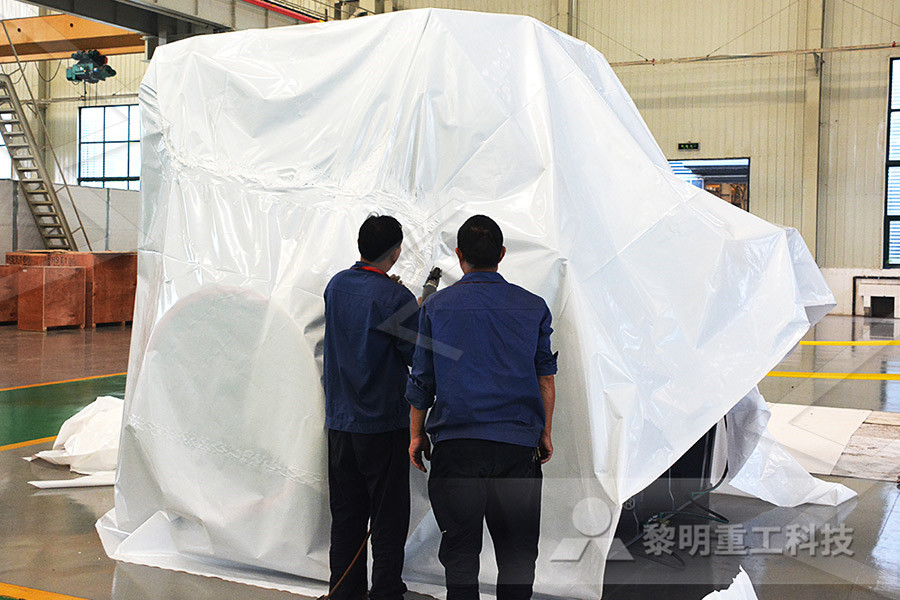
A method for recovery of iron, titanium, and vanadium from
Under the optimal conditions, 9367% iron from the raw ore was recovered in the form of iron nugget with 9544% iron grade After a water leaching process, 8561% of the vanadium from the roasting slag was leached, confirming the sodium oxidation of most of the vanadium oxides to watersoluble sodium vanadate during the roasting processSLAG IRON AND STEEL 16 Slag Iron and Steel S lag is a byproduct generated during manufacturing of pig iron and steel It is produced by action of various fluxes upon gangue materials within the iron ore during the process of pig iron making in blast furnace and steel manufacturing in steel melting shopSLAG IRON AND STEEL IBMIron and Steel Making Process There are many types of waste heat energy in the process of iron and steel making, and the amount of waste heat is relatively large The waste heat is mainly in blast furnace slag sensible heat, hot blast furnace cooling water, blast furnace gas sensible heat and hot air stove flue gas sensible heatWaste Heat Recovery Boiler for Iron and Steel Industry
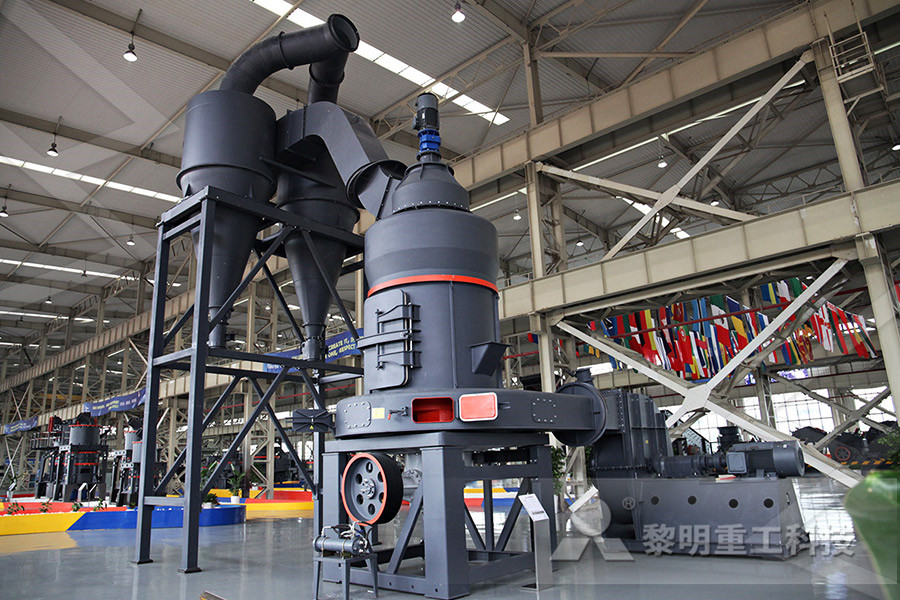
calculation of sponge iron recovery in induction furnace
Sponge Iron an overview ScienceDirect Topics Dri, also known as sponge iron, is the product of reducing iron oxide in the form of iron ore and steel plant wastes into metallic iron, below the melting point of iron and typically in the range of c iron oxide is charged into shaft furnace, rotary kiln, or fluidized beds in the form of pellet, iron ore lumps, or fines the reduction takes place Dec 05, 2016 The purpose of this paper is to study the fertility potential of the iron and steelmaking process waste granulated blast furnace slag to recover it as a beneficial product,This slag fertilizer was mixed with organic fertilizer to enrich and dung the vegetable sets are pepper, lettuce and cucumbers,In this study, 100 per cent granulated slag, 75 per cent granulated slag + 25 per cent ing the fertility potential of iron and steel The main raw material for steel making are Iron Ore and / or Steel Scrap However, use of intermediate product called sponge iron, mainly in EAF/IF route, is very common and have been adopted widely Today, India is the largest producer of sponge/direct reduced iron (DRI) Steel scrap is a recyclable material left over from steel manufacture orStrategy Paper On Resource Efficiency in Steel Sector
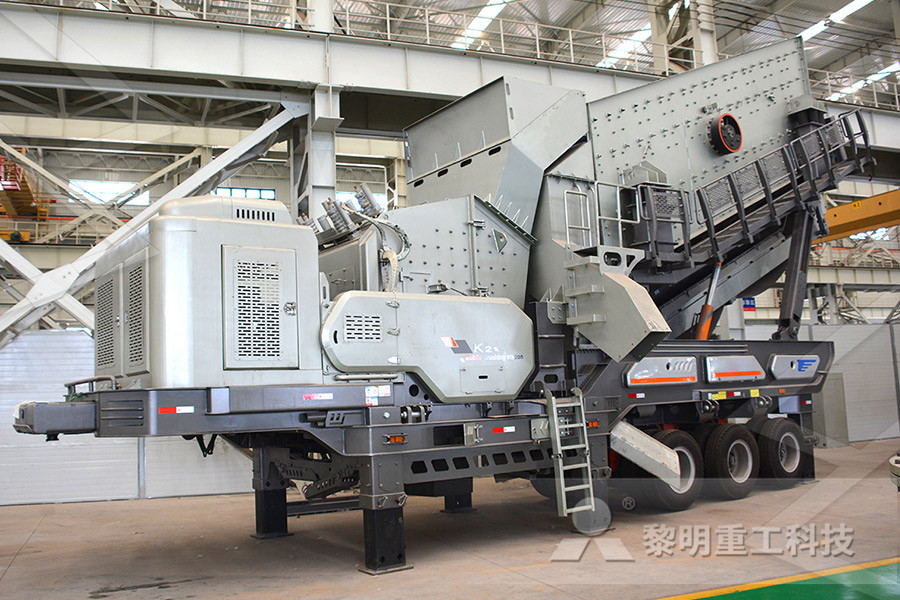
FACT SHEET Steel industry coproducts
furnace to remove impurities from the iron ore, steel scrap, and other they float and can be easily removed Over the past 20 years, the steel industry’s recovery rate of coproducts has increased significantly Innovative technology The worldwide average recovery rate for slag varies from overMetal recovery and conversion of steel slag into highly reactive cement components One of these activities is to find a valorization for the iron and steelmaking slag in order to preserve natural resources However, contrary to this, the lesser reactive steel slags (LD and electric arc furnace slag) generated during the steelmaking Metal recovery and conversion of steel slag into highly Blast furnace slag was about 50% of the tonnage sold and accounted for 88% of the total value of slag, most of which was granulated Steel slag produced from basic oxygen and electric arc furnaces accounted for the remainder of sales Slag was processed by 28 companies servicing active iron and steel facilities or reprocessing old slag piles at 86 IRON AND STEEL SLAG USGS
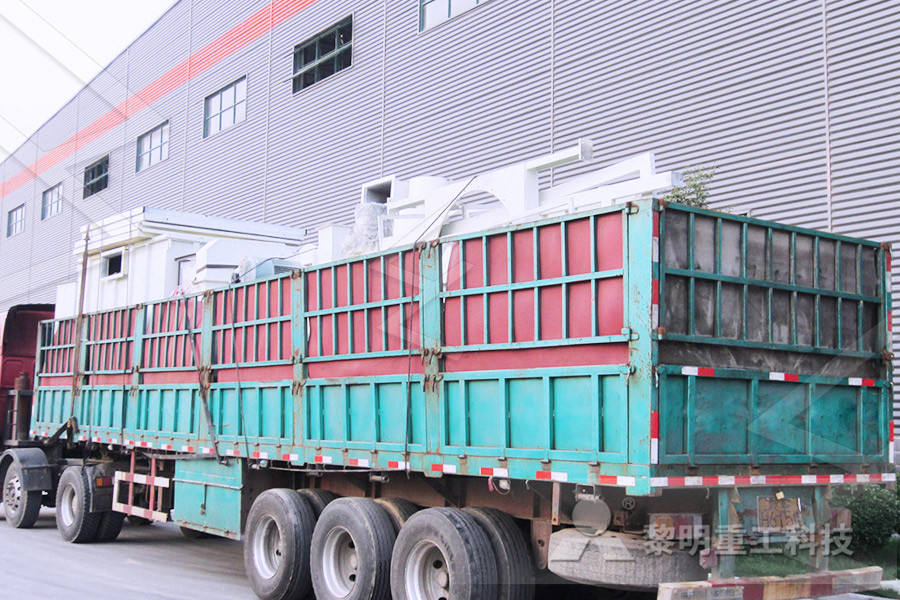
Optimization of magnetic separation process for iron
To improve the efficiency of iron recovery from steel slag and reduce the wearandtear on facilities, a new method was proposed by adding a secondary screen sizer to the magnetic separation process according to grain size distribution of magnetic iron (MFe) in the slag The final recycling efficiency was evaluated by calculating the percentage of recycled MFe to the maximum amount of MFe Aug 25, 2020 Molten iron is then allowed to run out the bottom of the furnace, leaving the slag behind Originally, the iron was collected in pools called pigs, which is the origin of the name pig iron Figure \(\PageIndex{1}\): A Blast Furnace for Converting Iron Oxides to Iron Metal (a) The furnace is charged with alternating layers of iron ore (largely 233: Metallurgy of Iron and Steel Chemistry LibreTextsAmong the commodity metals, iron and steel are by far the most widely used materials with annual production near 19 billion metric tons 3 The main byproduct of ironmaking is iron slag, socalled blast furnace (BF) slag, which is generated when iron ore is mixed with flux (limestone and/or dolomite) and coke for fuel and heated under reducing Recovery of scandium and neodymium from blast furnace slag
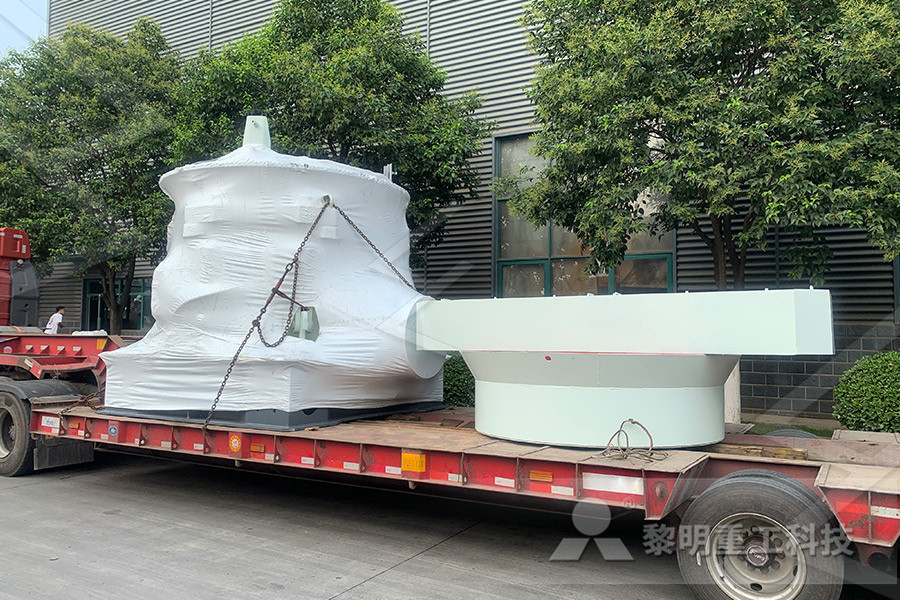
calculation of sponge iron recovery in induction furnace
Sponge Iron an overview ScienceDirect Topics Dri, also known as sponge iron, is the product of reducing iron oxide in the form of iron ore and steel plant wastes into metallic iron, below the melting point of iron and typically in the range of c iron oxide is charged into shaft furnace, rotary kiln, or fluidized beds in the form of pellet, iron ore lumps, or fines the reduction takes place Iron and Steel Making Process There are many types of waste heat energy in the process of iron and steel making, and the amount of waste heat is relatively large The waste heat is mainly in blast furnace slag sensible heat, hot blast furnace cooling water, blast furnace gas sensible heat and hot air stove flue gas sensible heatWaste Heat Recovery Boiler for Iron and Steel Industry Slag is drawn off the furnace just before the molten steel is poured into ladles for ingotting Ferrous and nonferrous smelting processes produce different slags The smelting of copper, lead and bauxite in nonferrous smelting, for instance, is designed to remove the iron and silica that often occurs with those ores, and separates them as Slag Wikipedia
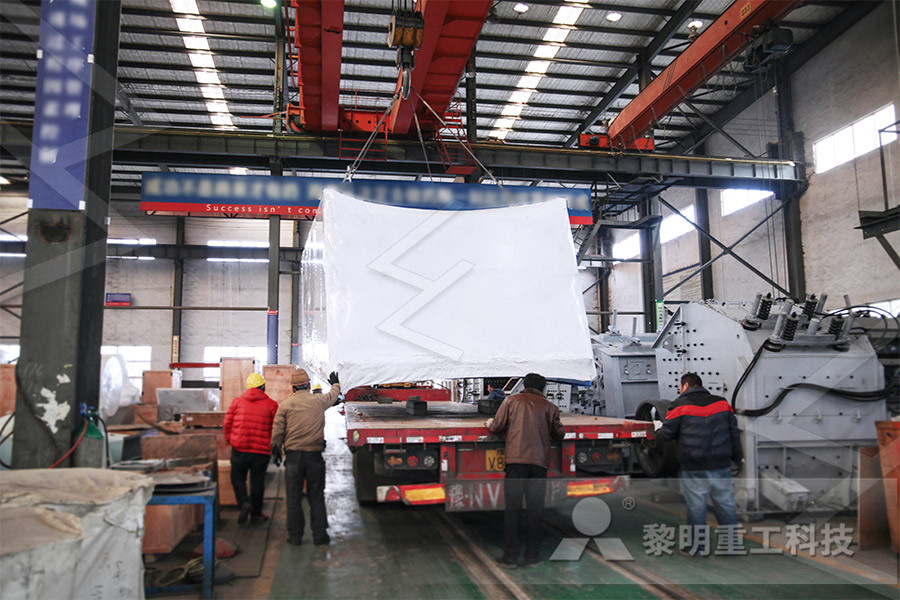
a guide to the use of iron and steel slag in roads
A Guide to the Use of Iron Blast Furnace Slag in Cement and Concrete (1997),and A Guide to the Use of Steel Furnace Slag in Asphalt and Thin Bituminous Surfacings (1999) Since 1993 there have been significant improvements in road technology in Australasia, particularly in the area of pavement materials development and road stabilisation Slag hasGroundgranulated blastfurnace slag (GGBS or GGBFS) is obtained by quenching molten iron slag (a byproduct of iron and steelmaking) from a blast furnace in water or steam, to produce a glassy, granular product that is then dried and ground into a fine powderGroundgranulated blast furnace slag is highly cementitious and high in CSH (calcium silicate hydrates) which is a strength enhancing Ground granulated blastfurnace slag Wikipediatop of the molten crude iron or steel and is tapped from the furnace separately from the liquid metal After cooling to a solid form, the slag is processed and may then be sold and/or returned to the furnace Apparent sales of iron and steel slags in the United States in 2006 totaled about 203 million metric tons (Mt), with an overall value ofUtilizing Iron and Steel Slag’s in Environmental
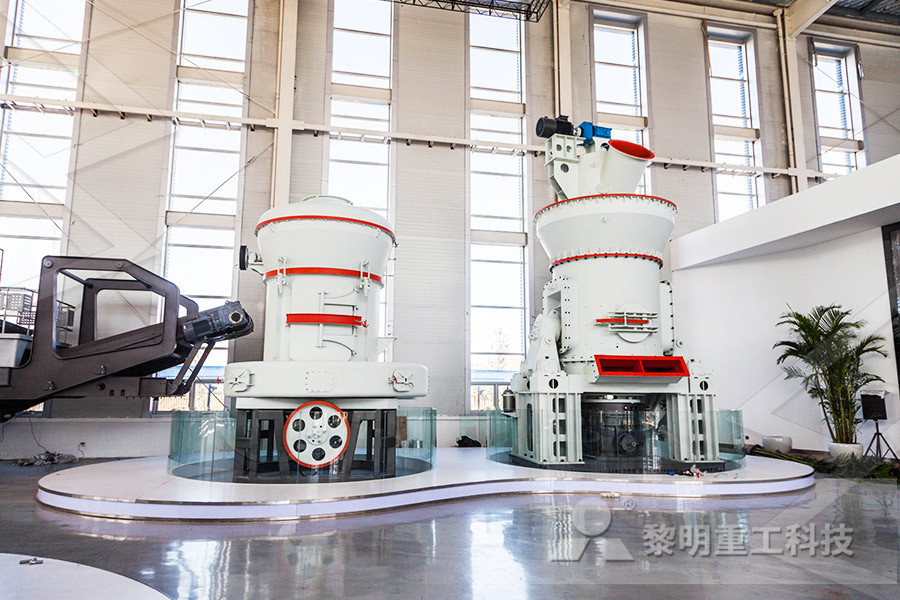
ing the fertility potential of iron and steel
Dec 05, 2016 The purpose of this paper is to study the fertility potential of the iron and steelmaking process waste granulated blast furnace slag to recover it as a beneficial product,This slag fertilizer was mixed with organic fertilizer to enrich and dung the vegetable sets are pepper, lettuce and cucumbers,In this study, 100 per cent granulated slag, 75 per cent granulated slag + 25 per cent Direct reduced iron (DRI) process In addition to the process route via the blast furnace process, there is another option for extracting crude steel from iron ores using the socalled direct reduced iron (DRI) process (secondary route)The starting point for the efforts to find an alternative to the blast furnace process was the relatively high process expenditureDirect reduced iron process tecscienceFor typical iron ore grades (60 to 66 percent iron), blast furnace slag output will be about 025 to 030 metric tons of slag per ton of crude iron produced Steel furnace slag production, after removal of entrained metal, will be about 10 to 15 percent of the crude steel outputMineral Resource of the Month: Iron and Steel Slag EARTH
